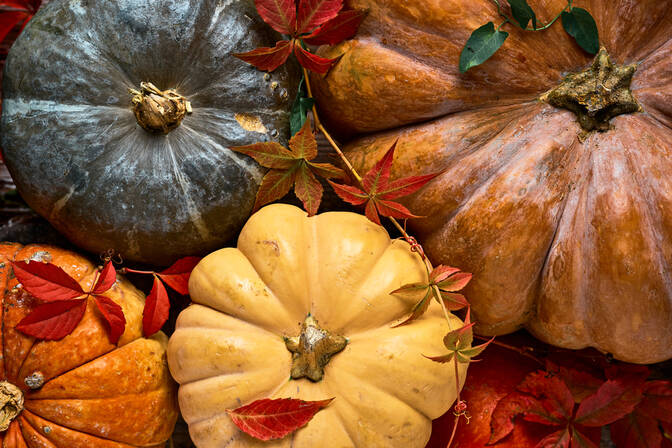Samhain
31 Ekim, Cuma

Festivalin tarihi
Samhain, günümüz İrlanda, İskoçya ve kuzeybatı Fransa topraklarında yaşayan eski Keltler arasında ortaya çıkmıştır. Bu gün, mevsimler arasındaki geçişi simgeliyor ve yaşayanlar dünyası ile ruhlar dünyası arasındaki sınırın özellikle ince olduğu bir zaman olarak kabul ediliyordu. Bu gece ölülerin ruhlarının dünyayı ziyaret edebileceğine inanılırdı ve bu, kehanetler ve sihirli ritüeller için fırsatlar sunuyordu.
Festival aynı zamanda tarım yılının sonu, hasat ve kışa hazırlık ile ilişkilendirilmiştir. Önemli Samhain ritüelleri arasında ateşler yakmak, adaklar sunmak ve kehanet uygulamaları yapmak yer alıyordu; bunlar, insanların kötü ruhlardan korunmasına ve gelecek yıl için şans çekmesine yardımcı olurdu.
Modern gelenekler
Günümüzde Samhain, neo-pagan ve Wicca geleneklerinin bir parçası olarak ve kültürel ve folklorik etkinlikler aracılığıyla kutlanmaktadır. En yaygın gelenekler şunları içerir:
* Arınma ve koruma için ateşler yakmak, eski ateş ritüelleri uygulamasını sürdürmek.
* Kötü ruhları uzaklaştırmak ve dünyalar arasındaki geçişi simgelemek için maskeler ve kostümler giymek.
* Kehanetler yapmak, tahminleri okumak ve geleceği öngörmek için sihirli ritüeller uygulamak.
* Hasat, elma, balkabağı ve tahıllardan yapılan özel yiyecek ve içecekler hazırlamak.
* Kelt kültürü, müziği ve mitolojisine adanmış festival ve etkinlikler düzenlemek.
Sembolik anlamı
Samhain, doğanın döngülerini, geçişleri ve mevsim değişikliklerini temsil eder. Festival, insanları doğayla bağlantıları, atalara saygı ve kışa hazırlık ihtiyacı konusunda hatırlatır. Modern bağlamda, Samhain aynı zamanda yaşam ve ölüm üzerine düşünmeyi, varoluşun geçici doğasının farkındalığını ve vefat edenleri hatırlamanın önemini simgeler.
